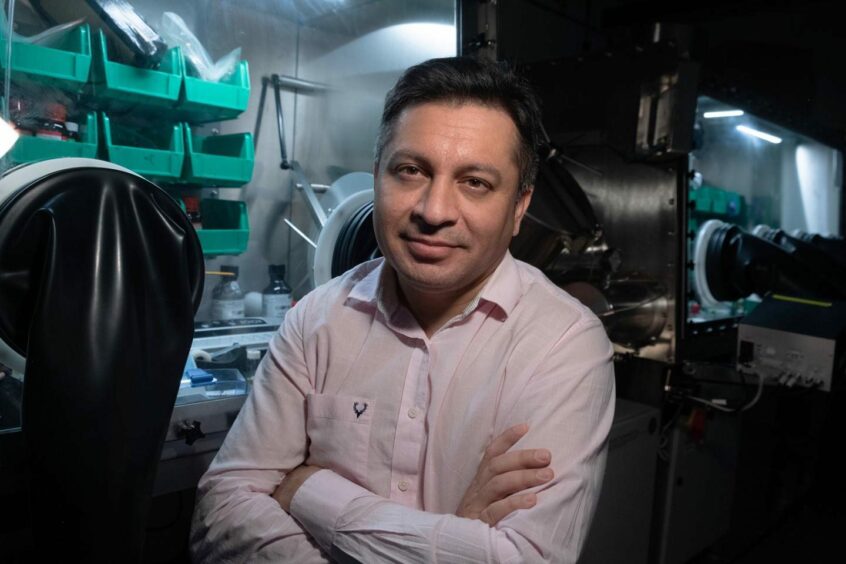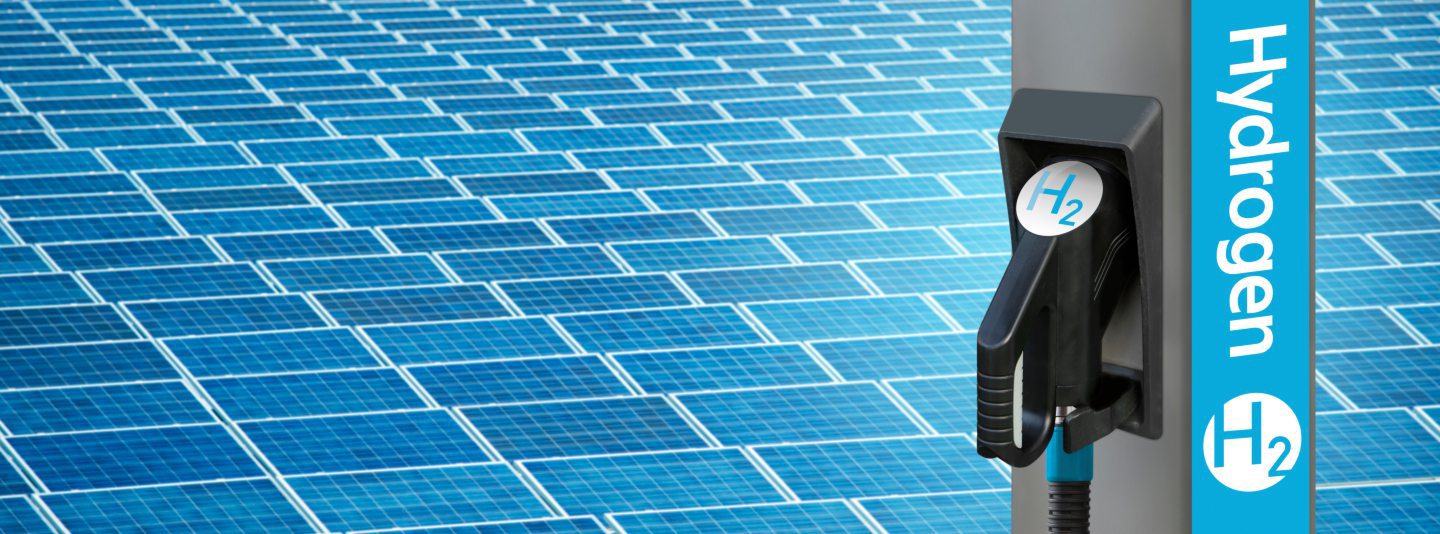
A team of Rice Uni engineers claim they can successfully turn sunlight into hydrogen with record-breaking efficiency in a single and apparently durable, cost-effective and scalable device.
The calcium-titanium oxide mineral perovskite has potential to revolutionise the efficiency of solar panels.
Less well known is that perovskite may also be the key to superfast hydrogen production based on sunlight.
Research into hydrogen production via artificial photosynthesis has been under way for a number of years … gruelling and often disappointing.
Among materials utilised for solar hydrogen production, perovskite has lately emerged as a rising star due to its superior optoelectronic properties.
According to an academic paper published two years ago, there have been a number of “inspiring advancements” with perovskite-based solar hydrogen production systems of which the three most promising approaches were then considered to be particulate photocatalysis, photoelectrochemical cells, and photovoltaic-electrocatalytic cells.
Now for the hot news and it’s on the photoelectrochemical cells front.
A team of engineers claim they can successfully turn sunlight into hydrogen with record-breaking efficiency thanks to a device that combines next-generation halide perovskite semiconductors with electrocatalysts in a single and apparently durable, cost-effective and scalable device.
The work, at the Rice Engineering Initiative for Energy Transition and Sustainability, at Rice University in Houston, has already been lauded; their pioneering technology adjudged a significant step forward for clean energy and that it could serve as a platform for a wide range of chemical reactions that use solar-harvested electricity to convert feedstocks into fuels.
It was the lab of prize-winning Rice chemical and biomolecular engineer associate professor Aditya Mohite that built the photoreactor used for the research.
This utilises a graphite anti-corrosion barrier designed to insulate the semiconductors utilised from water without impeding the transfer of electrons.
The device achieved a 20.8% solar-to-hydrogen conversion efficiency. Moreover, Mohite’s system exhibited extended durability because of the novel barrier, which translates 99% of photo-electric power directly to hydrogen production.
However, there is a downside in that halide perovskites are extremely unstable in water and coatings used to insulate the semiconductors ended up either disrupting their function or damaging them.
Team member Austin Fehr said that utilising sunlight as an energy source to manufacture chemicals is one of the largest hurdles to a clean energy economy.
“Our goal is to build economically feasible platforms that can generate solar-derived fuels.

“Here, we designed a system that absorbs light and completes electrochemical water-splitting chemistry on its surface.”
The device is known as a photoelectrochemical cell because the absorption of light, its conversion into electricity and the use of the electricity to power a chemical reaction all occur in the same device.
Until now, using photoelectrochemical technology to produce green hydrogen has been hampered by low efficiencies and the high cost of semiconductors.
“All devices of this type produce green hydrogen using only sunlight and water, but ours is exceptional because it has record-breaking efficiency and it uses a semiconductor that is very cheap,” Fehr said.
It has so far taken two years of trying different materials and techniques; classic laboratory trial and error stuff until the research team finally came across a winning solution.
“Our key insight was that you needed two layers to the barrier, one to block the water and one to make good electrical contact between the perovskite layers and the protective layer,” Fehr said.
“Our results are the highest efficiency for photoelectrochemical cells without solar concentration, and the best overall for those using halide perovskite semiconductors.
“It is a first for a field that has historically been dominated by prohibitively expensive semiconductors, and may represent a pathway to commercial feasibility for this type of device for the first time ever.”
Looking to the future, Mohite and Fehr said: “We hope that such systems will serve as a platform for driving a wide range of electrons to fuel-forming reactions using abundant feedstocks with only sunlight as the energy input.
“With further improvements to stability and scale, this technology could open up the hydrogen economy and change the way humans make things from fossil fuel to solar fuel.”
News of their success comes three years after another team at Rice University created an efficient, low-cost device that utilises perovskite and splits water to produce hydrogen fuel.
The platform developed by the Brown School of Engineering lab of Rice materials scientist Jun Lou integrates catalytic electrodes and perovskite solar cells that, when triggered by sunlight, produce electricity.
The current flows to the catalysts that turn water into hydrogen and oxygen, with a sunlight-to-hydrogen efficiency as high as 6.7%.
Recommended for you
